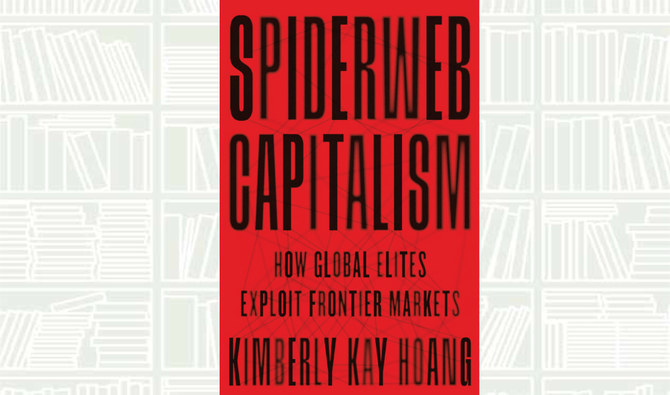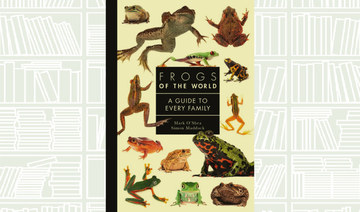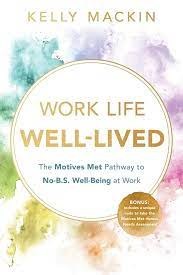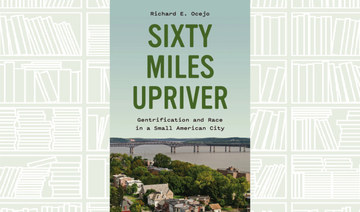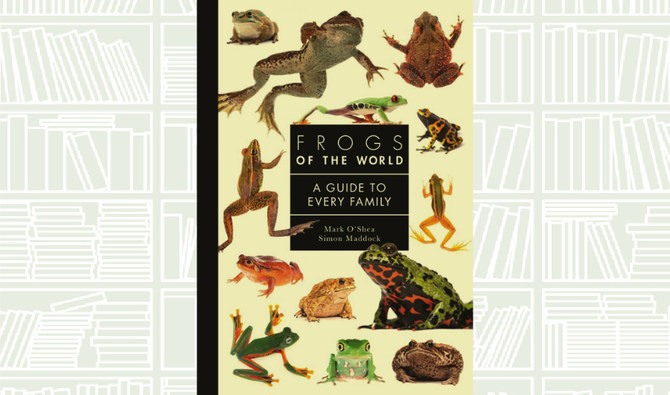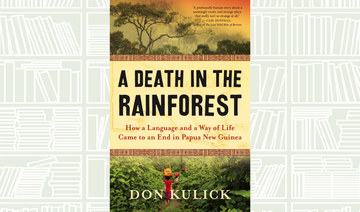First published in 1856, The Grammar of Ornament remains a design classic. Its inspiration came from pioneering British architect and designer Owen Jones (1809–1874), who produced a comprehensive design treatise for the machine age, lavishly illustrated in vivid chromolithographic color. Jones made detailed observations of decorative arts on his travels in Europe, the Middle East, and in his native London, where he studied objects on display at the Great Exhibition of the Works of Industry of All Nations in 1851 and at local museums. His aim was to improve the quality of Western design by changing the habits of Victorian designers, who indiscriminately mixed elements from a wide variety of sources.
Jones’s resulting study is a comprehensive analysis of styles of ornamental design, presenting key examples ranging from Maori tattoos, Egyptian columns, and Greek borders to Byzantine mosaic, Indian embroidery, and Elizabethan carvings. The Grammar of Ornament celebrates objects of beauty from across time periods and continents. and remains an indispensable sourcebook today.
Owen Jones (1809–74) was an English-born Welsh architect and one of the most important design theorists of the 19th century. He taught applied arts at the South Kensington School of Design in the 1850s and served as Superintendent of Works at the Great Exhibition of 1851.





